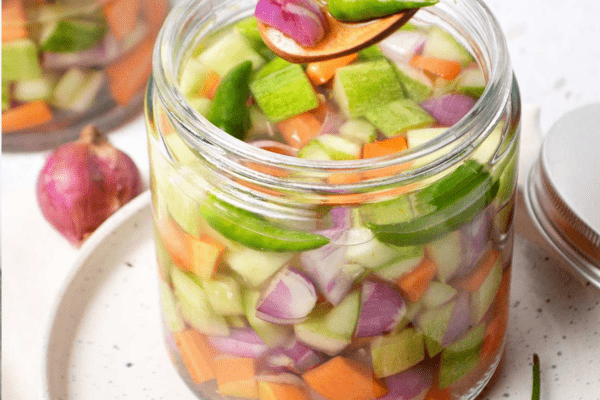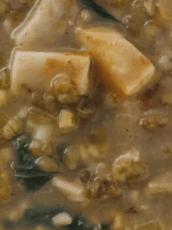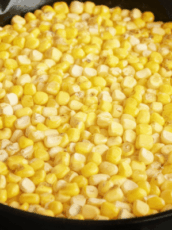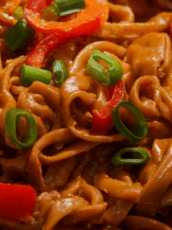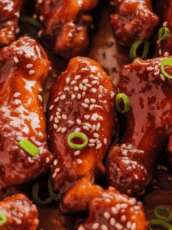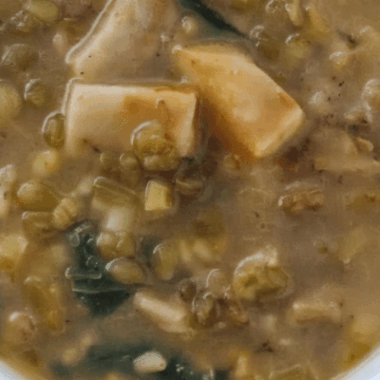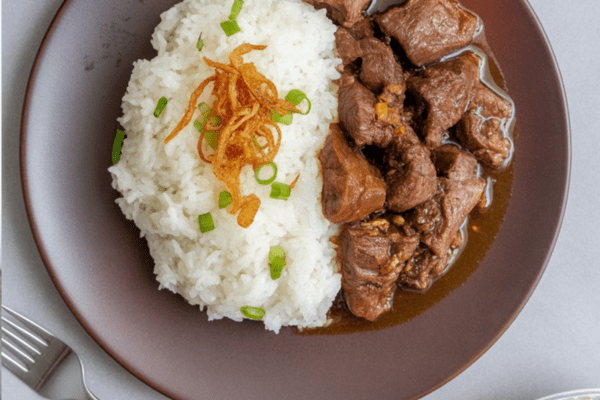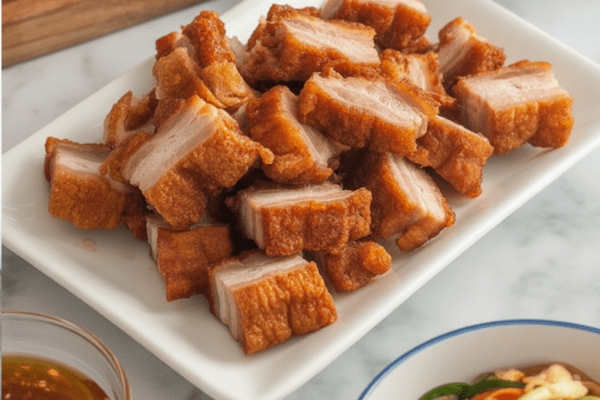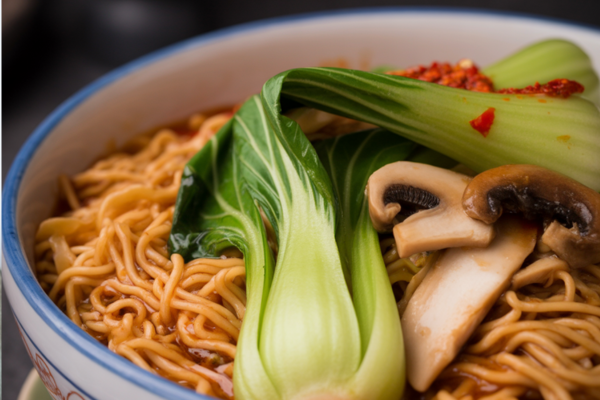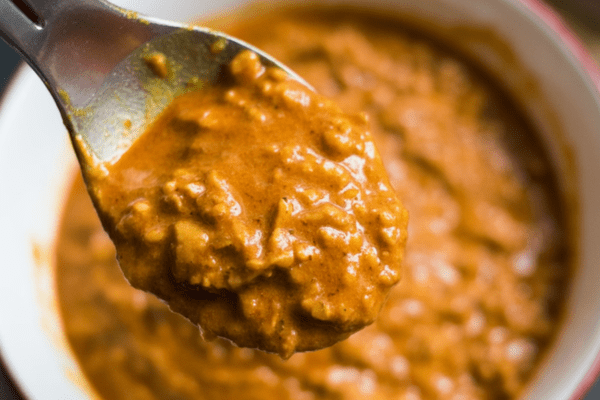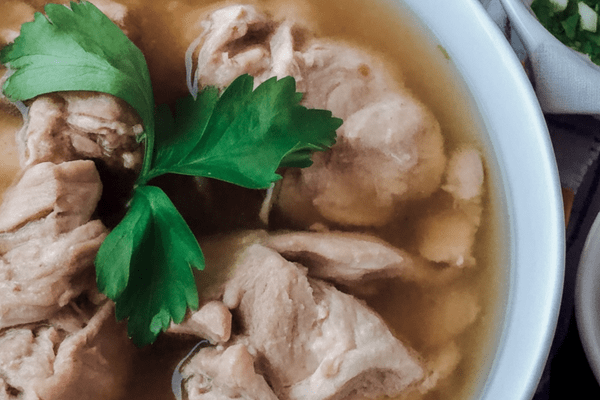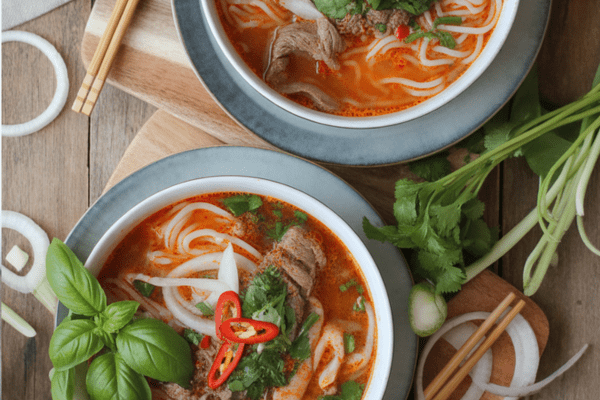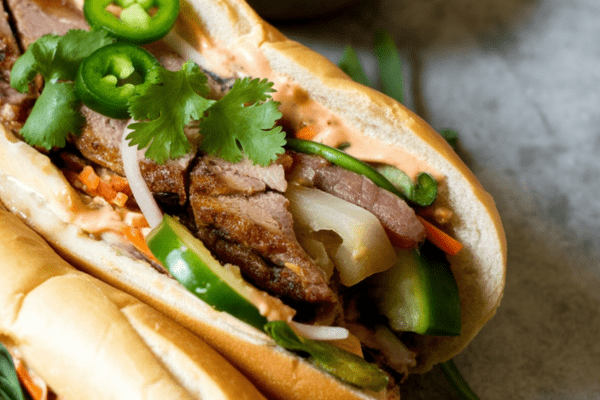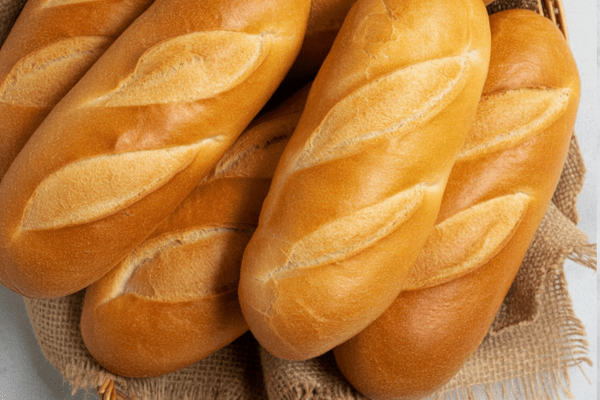If you’ve never tried Korean-style steamed eggs before, you’re in for such a treat. They’re unbelievably soft, almost custardy, and have this gentle savory depth that makes them so satisfying. It’s one of those dishes that looks so simple but can steal the show at the table.

When I make this at home, I love watching the eggs puff up like a little volcano in the stone bowl—it always feels special even though it’s so easy. This is something you can serve for breakfast, lunch, or dinner, and it’s especially lovely as a cozy side on a chilly day.
Why I Love Making This Dish
Eggs are like a blank canvas, right? Every cuisine has its own spin on them. I grew up eating them so many ways—runny fried eggs over rice with a splash of soy sauce for a quick meal, rolled omelets tucked into lunchboxes, or hard-boiled eggs soaking in salty-sweet marinades in the fridge.
But this steamed version is truly one of my favorites. It’s homey and comforting, the kind of dish my family always requests when they want something warm and soothing. And people always ask me how I get it so fluffy—so here’s how you can do it too, right in your own kitchen.
What You’ll Need (Ingredients & Little Tips)
Eggs: Go for fresh ones. If you’re cracking a lot at once, I like to crack them on the edge of the counter for a cleaner break. It’s one of those small habits you get used to—slightly messy but oddly satisfying.
Liquid ratio: This is important for texture.
- If you’re using a Korean stone bowl (ttukbaegi): 1 cup of beaten egg to ¾ cup broth or water.
- If you’re using a regular bowl for steaming: 1 cup egg to 1 cup liquid.
Broth: This is where you can make it shine. I’m a big fan of making quick dashi from a dried packet or soaking dashima (kelp) with mushrooms for a few hours. It’s a deeper, savory base that makes the eggs taste richer. But don’t worry—plain water works fine in a pinch.
Seasoning:
- The classic version uses a teaspoon of salt.
- My grandmother’s style had half a teaspoon of salted shrimp (seujeot). It’s funky, salty, and just so grandma to me.
- Fish sauce or hondashi are great too—experiment and find your favorite.
Optional add-ins:
- A little sugar if you want it slightly sweet (some people love this).
- Chopped scallions, onions, carrots—anything to add color and bite.
I love throwing in a bit of whatever’s in the fridge. It’s how these recipes stay alive in families.

Cooking It in a Stone Bowl (My Favorite Way)
I always say—if you can get your hands on a ttukbaegi, do it. There’s nothing like watching those eggs rise and sizzle at the edge.
Step 1:
Heat the ttukbaegi on high. Pour in your egg mixture and start stirring. You want to scrape the bottom to prevent sticking. It’ll start to form clumps—that’s normal. It takes around 4 minutes. Some browning at the bottom is okay (I secretly like those toasted bits).
Step 2:
Once it’s thickening, cover the stone pot with another bowl and turn the heat to low. Leave it for 1–2 minutes. The steam builds up and makes the eggs puff up dramatically—it’s like a little volcano going off on your stovetop. My kids love watching it.
Step 3:
Turn off the heat and keep it covered for another 2–3 minutes. Let it finish gently with residual steam.
Tip: Be super careful handling the pot. It’s scalding hot, and the eggs will deflate a bit if they sit too long. Garnish quickly and serve right away for maximum fluff.
How I Make It Without a Stone Pot
You don’t need any special equipment to enjoy this. If you have a steamer basket or even just a big pot, you’re all set.
Here’s how I do it:
- Fill a deep pot with a few inches of water and bring it to a boil.
- Pour your egg mixture into a heat-proof bowl.
- Cover the bowl with plastic wrap. It keeps condensation from dripping in and gives you a lovely smooth surface.
- Place it in the pot, cover the pot with its lid, and steam on low heat for about 10 minutes.
It’s gentler this way, and the texture comes out silky and custardy—less puffy than the stone bowl version but just as comforting.
Quick tip: Try not to peek too much while it’s steaming. Every time you lift the lid, you lose heat and steam. I know it’s tempting!

Cleaning Up (Because We All Hate Scrubbing)
I’m not going to lie—these bowls can get egg stuck at the bottom. I always just fill it with warm water after eating and let it soak for an hour. Comes right off without a fight.
It’s such a small thing but saves a lot of frustration.
How I Like to Serve It
This dish is all about warmth and comfort. As soon as it’s done, I sprinkle chopped scallions over the top, drizzle a tiny bit of sesame oil, and add a pinch of toasted sesame seeds. That nuttiness pairs so well with the fluffy eggs.
Honestly, this goes with anything.
- Plain white rice or multigrain rice is classic.
- Kimchi on the side for that spicy-sour kick.
- It’s amazing with ramen as an extra side.
- Perfect alongside Korean BBQ—it balances all the big flavors.
Whenever I serve this, it disappears fast. I love watching everyone scoop it up while it’s still steaming.
A Few Extra Tips From My Kitchen
- Don’t overbeat the eggs. Just enough to mix them evenly. Overbeating can make the texture tougher.
- If you’re adding vegetables, dice them finely so they cook through.
- Keep that lid on. Patience pays off for a good steam.
- For weeknight dinners, I sometimes make this while rice is cooking—it all comes together so easily.
Gyeranjjim (Korean Steamed Eggs)

There’s something incredibly comforting about a bowl of Korean steamed eggs—silky smooth, light as a cloud, and gently savory.
Ingredients
- 5 large eggs
- 1 cup fish stock or water (for steaming method)
- ¾ cup fish stock or water (for ttukbaegi method)
- 1 teaspoon salt
- ½ teaspoon salted shrimp, fish sauce, or hondashi (optional)
- ½ teaspoon sugar (optional)
- Chopped scallions, for garnish
- Toasted sesame seeds, for garnish
- A light drizzle of sesame oil, for finishin
Instructions
If using a Ttukbaegi (Korean earthenware pot):
- Crack the eggs into a bowl and whisk with your stock or water until fully combined.
- Season with salt and any optional additions like fish sauce or sugar for extra umami depth. Stir well.
- Pour the egg mixture into your preheated ttukbaegi over high heat.
- Continuously stir with a spoon or chopsticks, scraping the bottom to prevent burning. Around the 4-minute mark, you’ll see the mixture start to thicken into soft curds.
- Once the eggs feel slightly resistant to your stir, stop mixing. Cover with a heatproof lid or bowl.
- Lower the heat and let it steam gently for 1–2 minutes.
- Turn off the heat completely and allow it to rest, covered, for another 2–3 minutes. This ensures a perfectly set, fluffy texture.
- Carefully uncover and garnish with scallions, sesame seeds, and a touch of sesame oil. Serve hot.
If using a bowl and steamer (or pot method):
- Beat the eggs with stock or water until the texture is uniform.
- Stir in salt and any optional flavor enhancers like salted shrimp or sugar.
- Pour the mixture into a heatproof bowl, then skim off any bubbles from the surface for a smooth finish.
- Cover the bowl tightly with plastic wrap or a lid.
- In a large pot, bring about 3 inches of water to a gentle boil.
- Place the bowl in the center of the pot and cover the pot with a lid. Steam on low heat for 10 minutes without opening the lid—no peeking!
- Remove from heat and carefully take the bowl out. Uncover and finish with chopped scallions, sesame seeds, and a drizzle of sesame oil.
- Serve warm, straight from the bowl, and enjoy every spoonful of this soft, custardy delight.
Notes
- Tip: For an extra rich flavor, use anchovy-kelp broth or add a spoonful of salted shrimp. You can even add finely chopped vegetables or seafood to make it more filling!
Nutrition Information:
Yield: 1 Serving Size: 1Amount Per Serving: Calories: 723Total Fat: 54gSaturated Fat: 12gTrans Fat: 0gUnsaturated Fat: 38gCholesterol: 936mgSodium: 4739mgCarbohydrates: 13gFiber: 4gSugar: 4gProtein: 47g
Asianplated.com, occasionally offers nutritional information for recipes contained on this site. This information is provided as a courtesy and is an estimate only. This information comes from online calculators. Although allchickenrecipes.com attempts to provide accurate nutritional information, these figures are only estimates.
Final Thoughts
Korean steamed eggs may seem humble, but they’re the kind of dish that makes a meal feel complete. They’re forgiving, flexible, and endlessly comforting.
Whether you’re using a traditional stone pot or just a regular bowl in a steamer, I hope you’ll give it a try. It’s such a simple way to bring a little warmth to the table.
Try other Korean recipes:

